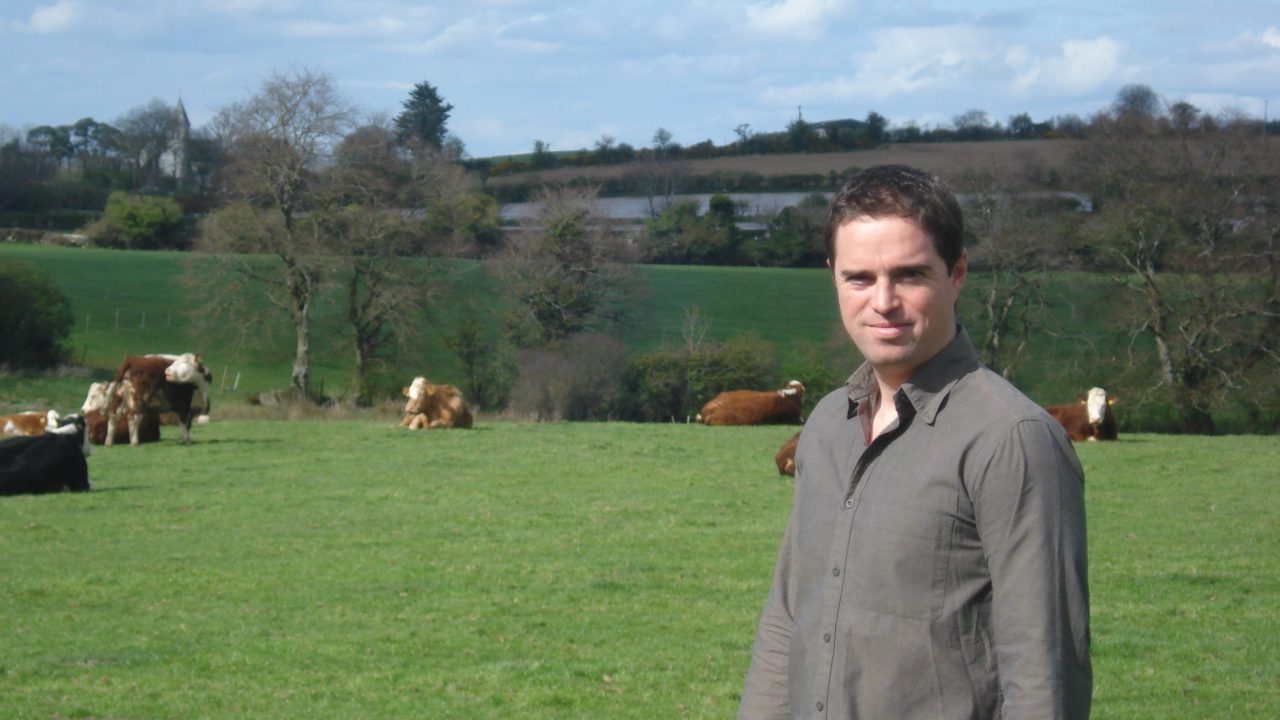For those waiting on second-cut silage, I have no doubt that the weather is what you are watching right now, but it is crucial that farm safety is never left as an afterthought.
Taking a few simple steps now will ensure a safe harvest for everyone.
The aim of this farm-safety campaign, is to remind farmers on a regular basis about risks that they face throughout the year, and to encourage them to take an extra few minutes to think about farm safety.
As Minister of State at the Department of Agriculture, Food and the Marine (DAFM) with responsibility for farm safety, I am urging farmers to review all safety checks they have in place before starting the second cut.
Time spent managing safety on the farm is time well spent, and is one of the best investments you can make.
Fatalities and child safety
Work-related fatalities are more frequent in spring and summer, with those involving children under 18 most common during July and August.
With the longer working days during the summer, the risk of incidents also increases due to fatigue when working into the evening and sometimes long into the night.
Silage harvesting is always an exciting time on farms and something children are naturally keen to get involved in. But some of the risks we may have taken in the past as children, such as travelling on loads of bales, are no longer acceptable, given the consequences of something going wrong.
Children need to be kept away from farmyards when silage harvesting is underway – contractors and machinery drivers may not see a child in the yard or in a field until it’s too late.
Legal obligation
There is a legal obligation on every farmer to complete and maintain the Farm Safety Code of Practice.
This should not be viewed as another piece of paperwork that is looked at once a year to tick a box.
This is a document that can help to keep farmers safe, along with their families, and everyone who comes to their farm.
So, take it out and go through it. Review how the safety plans worked for the first cut. Are there things that need to be changed or that can be done better to protect everyone?
Useful reminders
This risk assessment provides useful reminders on what you need to check to ensure tractors, machinery, yards, and how you control the access of people to those yards during harvesting, are all fit for purpose.
When the checks are complete, you need to act on any findings immediately – they cannot be postponed until a quieter time.
Wet conditions
Remember, wet conditions can: lead to machinery bringing soil out on to the public road; affect visibility; reduce traction on the road; and affect the stability of the pit. Similarly, working at dusk or in darkness brings its own risks.
Long working days
There is a great feeling when the silage is made, the pit is covered, and the bales are stacked – and there is always a real urgency to get all this done before the weather breaks.
But you need to allow adequate time for the job, and to ensure that drivers are not working at a pace beyond their ability – or that of the machinery they are operating.
Happy memories
Most of us have happy childhood memories of summer days playing in the fields but for some, the memories are painful as they recall the loss of a loved one or an incident that left them, or someone close to them, with lifelong injuries.
We must all make the effort on our farms so that the memories of this summer are ones we look back on fondly, and with a smile, knowing that the work got done and everyone was safe.
This article is part of a digital only, farm-safety-awareness initiative, which is a joint partnership between the Department of Agriculture, Food and the Marine (DAFM) , Axa, and Agriland Media Group.
